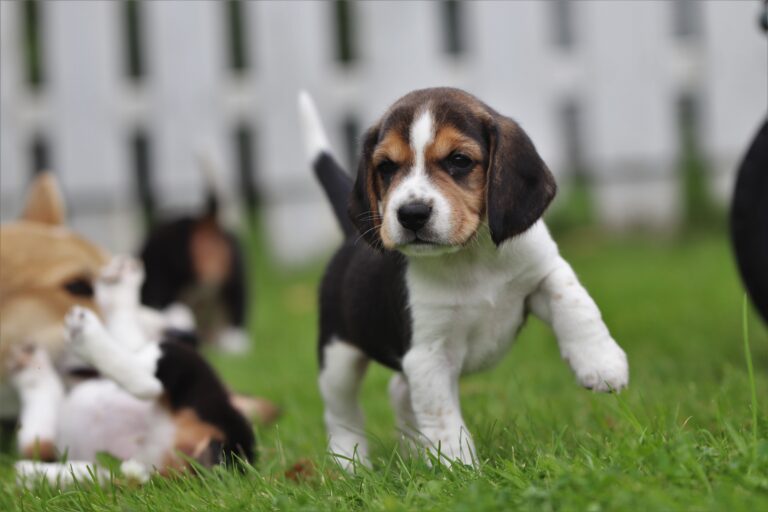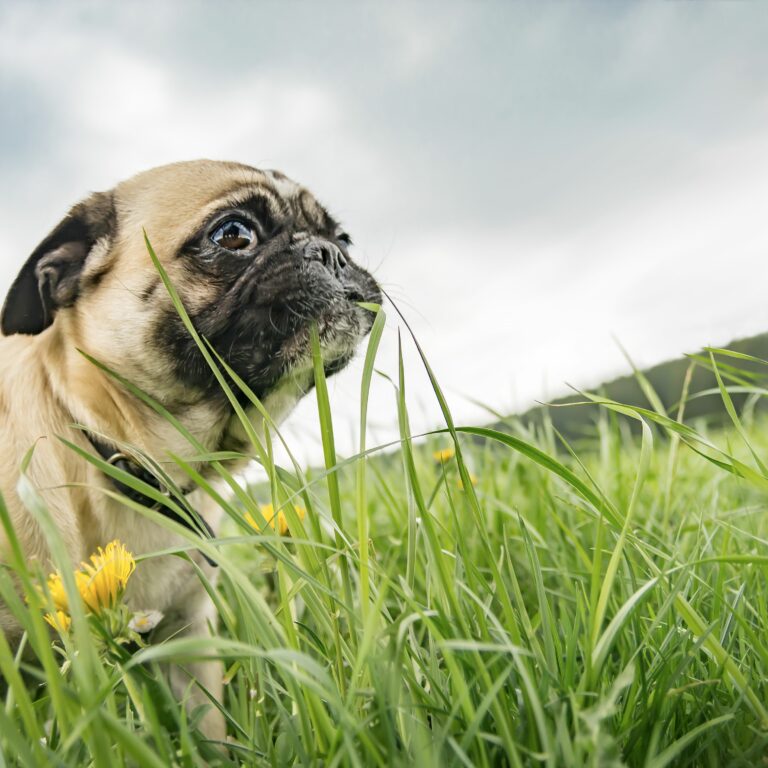Training a beagle puppy: 7 Tips from a breeder
You just brought home your new beagle puppy. Congratulations! This is an exciting time for both of you. As you begin training your beagle, remember that the key to success is consistency. You and your beagle will both benefit from a structured training routine.
In this article, we’ll provide you with some tips for getting started. We’ll also recommend some resources that can help you further your training efforts. So let’s get started!
Establishing a Firm Foundation
Training a beagle can be a daunting task, but it’s important to remember that all successful training starts with establishing a firm foundation. In other words, make sure that you and your beagle are on the same page before you even start trying to train them.
One of the best ways to do this is to become familiar with beagle behavior and the way they learn. Beagles are a very active breed and love to play, which means they learn best through positive reinforcement. This means rewarding them for good behavior instead of punishing them for bad. So make sure you have plenty of treats on hand!
In addition, always keep in mind that consistency is key when training a beagle. If you’re not clear about what it is you want them to do, they’ll never learn. Try to always be calm and assertive when giving commands, and make sure both you and your beagle are taking breaks during training sessions—they should always be enjoyable for both of you.
Using Positive Reinforcement
When it comes to how to train a beagle, using positive reinforcement is key.
This means rewarding your beagle for good behavior, with treats and praise, rather than punishing them for bad behavior. It’s important to be consistent with your rewards, and to give them as soon as your beagle displays the desired behavior.
This approach is not only more humane, but it’s also more effective in the long run. Beagles are smart dogs, and they’ll quickly learn which behaviors earn them rewards and which ones don’t. Positive reinforcement will help you form a stronger bond with your beagle and will make training both easier and more enjoyable for both of you.
Punish when needed
Punishing your beagle is a tough call to make, but sometimes it’s necessary. Just remember that punishment should never be physical, and it should always be done in the moment. For example, if your beagle jumps on the couch and you yell at him an hour later, he won’t understand what he did wrong.
verbal commands like “no” or “down” should be used, and then you can follow up with a short time-out in his crate or a less interesting room. And if he does something particularly naughty, like chewing up your favorite pair of shoes, a short leash time-out might be in order.
The bottom line is that you should only use punishment as a last resort, and only when you’re sure your beagle knows what he did wrong. Otherwise, you’ll just end up with a confused and frustrated pup.
Understanding Your Beagle’s Temperament
Not all beagles are the same, and so you’ll want to take your beagle’s temperament into account when training. Some beagles are naturally more stubborn than others, and so you’ll need to adjust your training methods to account for this.
Other beagles may have a lot of energy and get bored easily, so you’ll need to keep their training sessions short and interesting. Beagles that are prone to getting into trouble will need plenty of exercise and discipline.
But with the right understanding of your beagle’s temperament, you’ll be able to train them successfully and have a happy, well-behaved beagle by your side.
Learning the Basics of Potty Training
The first step to potty training your Beagle is to get them on a regular schedule. You’ll want to take them out every two to three hours, and after every meal, nap, or play session.
The second step is to choose a command word or phrase that you’ll use every time you take them out. This could be something like “go potty,” “do your business,” or whatever you want. The important thing is to be consistent with the phrase you use.
When you take them outside, bring them to the same spot each time and use your command word or phrase. Once they do their business, praise them enthusiastically and give them a treat.
With consistency and patience, your Beagle will learn that they need to go potty outside, and not in the house.
Communicating With Your Beagle
Since beagles are pack animals, they respond really well to a consistent leader. So, it’s important that you establish yourself as the alpha in your relationship early on. You’ll want to be firm but gentle when communicating with your beagle—yelling or hitting will only serve to scare or hurt them, and won’t get you the results you’re looking for.
Beagles are also extremely food-motivated, so using treats as rewards for good behavior is a great way to get them to do what you want. Of course, you’ll want to avoid overfeeding your beagle, so make sure to use treats sparingly and in combination with other forms of positive reinforcement, like verbal praise or petting.
Making Training Fun and Interesting
You know the saying, “A tired dog is a good dog.” This is especially true for Beagles, who have a lot of energy. Tiring your Beagle out with a long walk or run before training will make him more likely to listen and pay attention.
But just because you’re dog is tired doesn’t mean he won’t get bored during training. So it’s important to make sure you keep things interesting. Try varying your voice tone and pitch, using different hand signals, and offering different treats.
And of course, always praise your Beagle when he does something right. Beagles are food-motivated, so treats are a great way to reward good behavior. But make sure you use small pieces so he doesn’t get too full and distracted.
Conclusion
Training your beagle may seem daunting, but if you take it one step at a time and use positive reinforcement, you and your beagle can have a lot of fun and make sure that your beagle behaves in the way you want him or her to. Remember to be consistent, patient, and loving, and your beagle will be the best-behaved dog in the neighborhood in no time!



